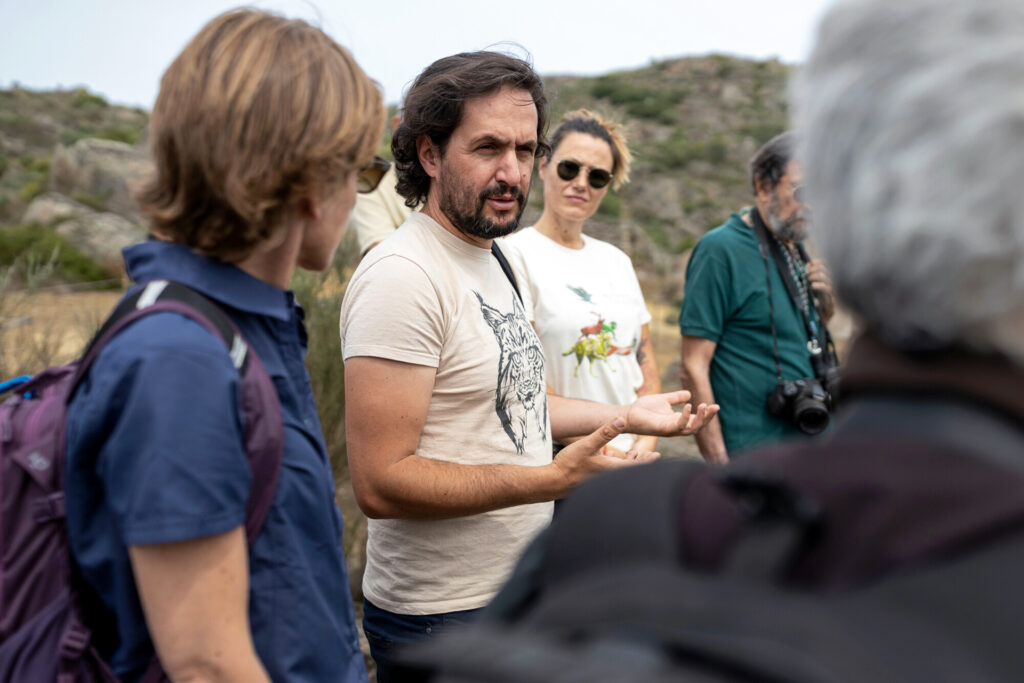Published in the scientific journal Fire Ecology, it looks at what are the variables associated with wildfire occurrence in the Greater Côa Valley in the period of 2001-2020. This study give more insights about fire history and risk factors, showing that efforts to reduce the risk of catastrophic wildfire outbreaks in Mediterranean regions could benefit from a more holistic approach to landscape management that takes account of various ecological, socio-economic, and climatic factors. Rewilding can have a key role to play in such an approach.
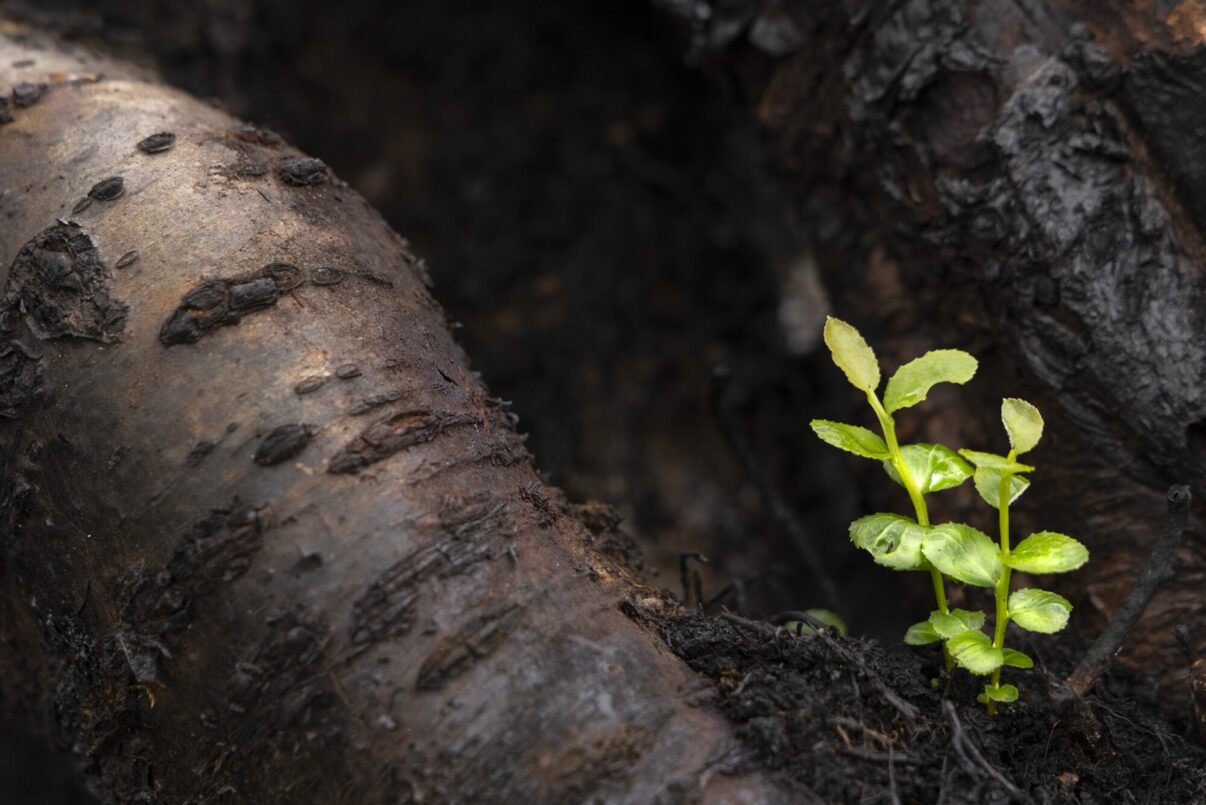
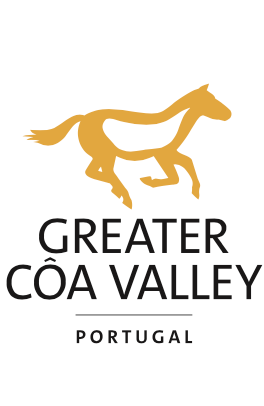 Wildfires on the rise
Wildfires on the rise
In many landscapes, naturally occurring wildfires can support biodiversity, regulate nutrient flows, and maintain habitats. However, climate change is increasing the incidence of catastrophic wildfire, which can have a devastating impact on wildlife, property, and people.
Rising temperatures and longer and more intense periods of drought mean such fires are burning more frequently, quickly, and fiercely, and for longer. Many parts of Europe are at risk, particularly those in Mediterranean regions. In 2023, an area around twice the size of Luxembourg burnt in the EU, amounting to more than half a million hectares.
Climatic factors are only one reason why the risk of catastrophic wildfire in Mediterranean regions is increasing. Many of these regions have experienced rural depopulation and land abandonment for many years. As people have left the land, so grazing livestock numbers have plummeted. With the diversity and abundance of free-roaming wild herbivores such as deer and ibex unnaturally low or absent in many areas, a lack of any kind of grazing means landscapes are increasingly covered by young, often monotonous forest or dense scrub. The proliferation of such flammable vegetation, coupled with the close plantation of pine and eucalyptus trees, leaves such landscapes increasingly susceptible to wildfire outbreaks.
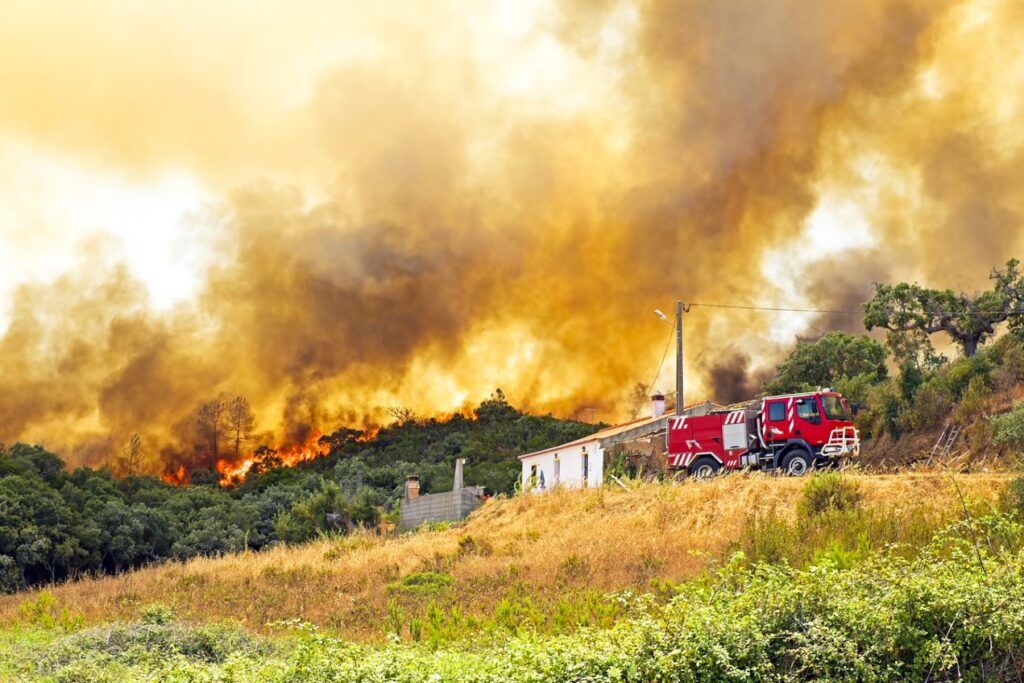
The human factor
The paper reveals that only 2% of fires in the Greater Côa Valley region start naturally. Of the 89% of fires in the Greater Côa Valley region caused by humans, two-thirds are caused by negligence, which include fires pasture , as well as burning crop residues or working with machinery in hot days without authorisation,. Pastoral burning is a technique that has been historically used in the valley to clear the land and fertilise it for grazing with sheep and goats. The authors found that areas where sheep were grazed at higher densities were more likely to burn than other areas, which could be linked to such practice, which continues today. On the contrary, areas grazed by cattle were not found to be likely to burn more frequently because pastoral burning is not used.
The researchers also found that in 20 years 78% of the areas have burned twice and that with some areas showing an average frequency of large fires in the Greater Côa Valley once every six years. If fires burn too frequently – which is a problem in many parts of Portugal – then the ecosystem has no time to regenerate and evolve into a more mature landscape where fire-prone shrubs are the most dominant type of vegetation. This can effectively lock the landscape into a cycle of burning.
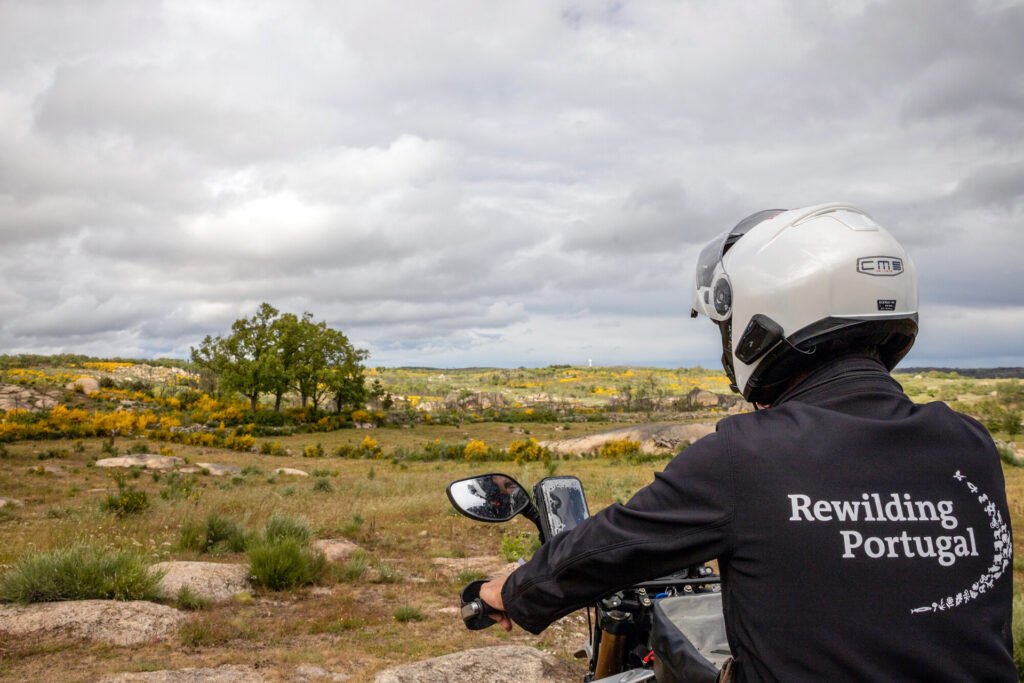
The importance of grazing management
Grazing by domesticated livestock has been put forward as a means of reducing wildfire risk, and is supported as such by subsidies in Portugal and across Europe. However, the results of the study show that, with the spatial and temporal resolution analysed, livestock density was not associated with lower fire risk. The effectiveness of grazing practices in wildfire prevention is influenced by how those livestock are managed. When grazing mimics natural dynamics, with a diversity of species of herbivores grazing in large areas and consuming not only grassland but also woody material, they have more impact in fire prevention. Livestock systems in small parcels sustained regularly with supplementary feeding have limited impact. This difference underscores the unique ecological benefits of rewilding and the role of wild and semi-wild herbivores in creating more fire-resilient landscapes.
The research team also found that there was a 15% lower probability of fires breaking out in protected areas, including Natural Parks and private protected areas such as the rewilding areas managed by Rewilding Portugal. This may relate to reduced public access and restrictions on land use, as well as surveillance by Rewilding Portugal’s rangers in areas that are being rewilded.
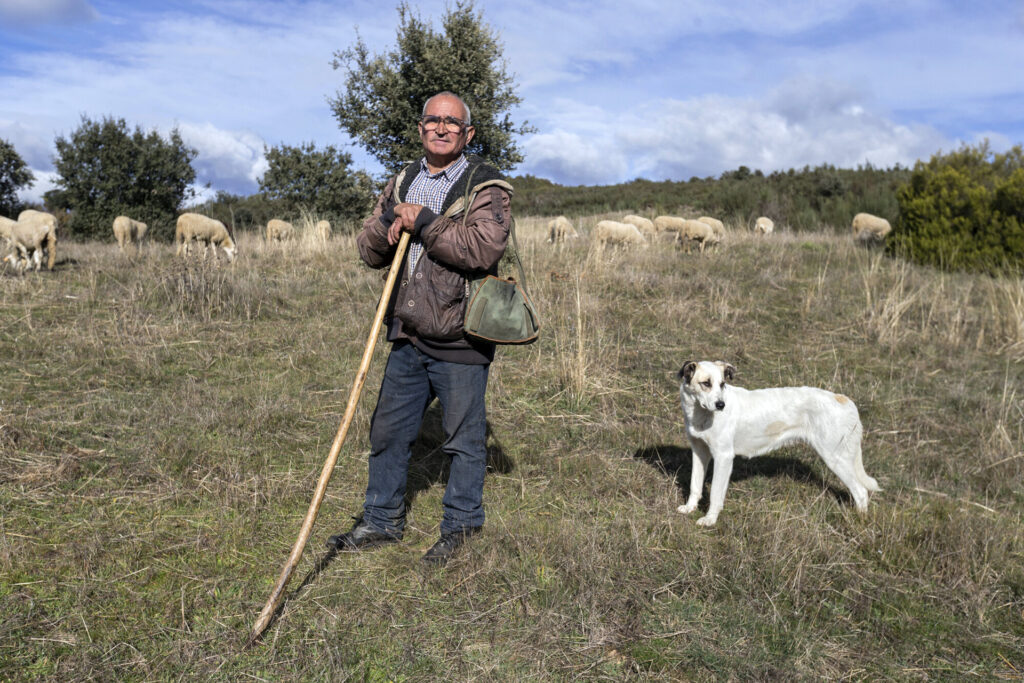
An integrated approach
Moving forwards, ongoing climate change means the risk of catastrophic wildfire outbreaks in Mediterranean regions will almost certainly increase – particularly on abandoned rural land.
The study indicate that grazing by domesticated livestock – on its own – may not be an effective solution depending on how livestock are managed in . A more holistic landscape management approach addressing the social causes of wildfires and land management is fundamental to reduce the number of ignitions and fire risk. Protected areas and natural based solutions to manage land can play a role in this redutions.. Education, increasing public awareness, and restricting access to fire-prone areas during the fire season could also be important tools for reducing the risk of fires in rural areas.
In the Greater Côa Valley, the Rewilding Portugal team are addressing the social dimension of wildfire outbreaks by rewilding marginal land, and promoting social and economic activities based on it. They are also hiring local people to help with fire surveillance, while recognising the role of shepherds working on land adjacent to rewilding sites as stewards of the land.
